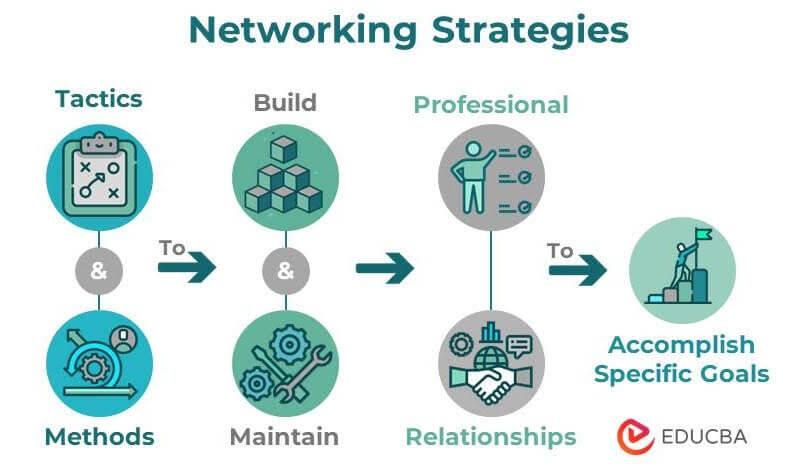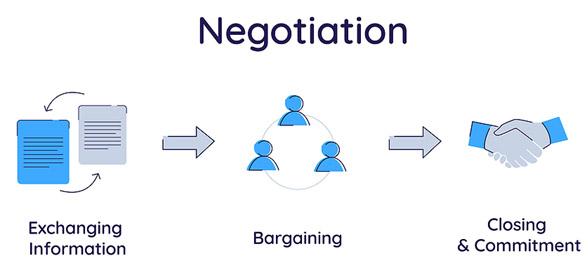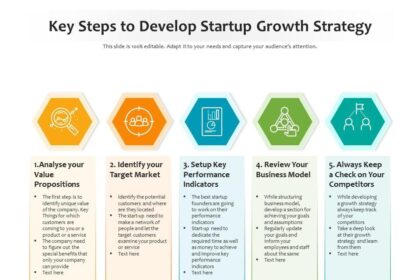In the fast-paced world of startups, the journey is often as exhilarating as it is unpredictable. Founders pour their passion into innovative ideas, forging paths through uncertainty and risk. Yet, amidst the hustle of scaling and securing funding, one critical question often goes unaddressed: how will you exit? Whether through acquisition, merger, or IPO, navigating the exit can be the defining moment of a startup’s life cycle. “Navigating the Exit: Smart Strategies for Startup Success” embarks on a comprehensive exploration of this pivotal phase, offering insightful tactics and considerations that can lead to a prosperous conclusion. Prepare to dive deep into the art of exit strategies, as we decode the complexities and unveil the best practices that can illuminate the path to a successful transition, ensuring that your startup’s legacy endures long after the final handshake.
Crafting Your Exit Plan with Precision
When formulating your exit strategy, it is essential to have a clear vision of your goals and the paths available to you. An exit plan should not only account for financial returns but also the legacy of your startup and the impact on your team and customers. Consider these key components:
- Identify Your Objectives: Whether it’s maximizing profit, ensuring a smooth transition for employees, or maintaining brand integrity, clarify what success looks like.
- Evaluate Exit Options: Research various avenues such as acquisition, merger, or IPO. Each option comes with its own set of advantages and challenges.
- Timing is Crucial: Assess market conditions and industry trends to determine the optimal time for your exit.
Next, engage your stakeholders early in the process to gather insights and align your exit strategy with their expectations. Building a robust communication plan can ensure everyone understands their role in this transition. Consider creating a table to keep track of key metrics and stakeholder timelines:
| Stakeholder | Role | Timeline |
|---|---|---|
| Investors | Financial Outcomes | Year 3-5 |
| Team | Operational Transition | Year 2-4 |
| Customers | Retention Strategies | Year 1-3 |
By integrating these elements into your exit planning, you can navigate the winding road ahead with confidence and clarity, ensuring that your startup leaves a lasting positive impact.

Building a Resilient Business for Maximum Valuation
In today’s competitive landscape, cultivating resilience is essential for startups aiming for high valuation at exit. This involves not just focusing on revenue growth but also ensuring operational agility, customer loyalty, and robust risk management. Startups should implement a culture of innovation and continuous improvement to adapt to market changes swiftly. Key strategies include:
- Diversifying Revenue Streams: Reducing dependency on a single income source can cushion against market fluctuations.
- Building Strong Relationships: Fostering connections with customers and partners enhances trust and can lead to greater retention rates.
- Investing in Technology: Leveraging tech solutions can streamline operations and drive efficiency, positioning the business favorably in the eyes of potential buyers.
Additionally, understanding the importance of financial health cannot be overstated. Investors look for startups that demonstrate consistent financial performance, thus a transparent approach to finances and clear metrics tracking is vital. To visualize your company’s financial resilience, consider utilizing a simple framework:
| Metric | Current Value | Target Value |
|---|---|---|
| Customer Acquisition Cost (CAC) | $120 | $80 |
| Monthly Recurring Revenue (MRR) | $50,000 | $100,000 |
| Churn Rate | 5% | 3% |
This framework not only helps in tracking performance but also provides critical insights during discussions with potential investors, demonstrating a proactive approach to your business’s financial health.

Engaging Potential Buyers through Strategic Networking
Building connections in the business ecosystem can be a game-changer for startups poised for an exit. By focusing on establishing genuine relationships with key industry players, founders can greatly enhance their visibility to potential buyers. Attending industry conferences, participating in networking events, and leveraging platforms like LinkedIn to engage in meaningful conversations can open doors to valuable opportunities. Additionally, consider the following strategies to foster these relationships:
- Targeted Outreach: Identify and reach out to decision-makers in companies of interest.
- Collaborative Projects: Partner with complementary businesses for joint ventures or initiatives.
- Mentorship Programs: Seek mentors in your industry who can guide you and introduce you to potential buyers.
Moreover, hosting informal events such as meetups or webinars can create a relaxed environment for interaction. These gatherings allow startups to showcase their innovations while fostering interest from potential investors and buyers. Keeping track of attendee interactions through organized follow-ups is crucial. You might find it beneficial to maintain a table with essential details about your connections:
| Name | Company | Role | Follow-up Date |
|---|---|---|---|
| Jane Smith | Tech Innovations Co. | CEO | 2023-11-05 |
| John Doe | Venture Partners | Investor | 2023-11-10 |
| Emily Johnson | Startup Solutions | CTO | 2023-11-15 |

Mastering the Negotiation Process for a Successful Transition
Effective negotiation is crucial during transitions, especially for startups seeking to maximize their outcomes. Start by defining your goals clearly and understanding what you hope to achieve through the negotiation. Consider these strategies:
- Research thoroughly: Gather as much information as possible about the parties involved and the terms at stake.
- Build rapport: Establishing a connection with the other party can facilitate smoother discussions.
- Prepare alternatives: Know your alternatives, which can empower you during negotiations.
During the negotiation process, be prepared to listen as much as you speak. Listening can uncover potential adjustments that may benefit both parties. Utilize these tips to enhance your approach:
- Stay calm: Maintaining composure fosters a positive atmosphere.
- Clarify points: Don’t hesitate to ask for clarification on any ambiguous topics that arise.
- Document agreements: Ensure both parties have a clear understanding by documenting key points made during discussions.
In Retrospect
As we draw the curtain on our exploration of “Navigating the Exit: Smart Strategies for Startup Success,” it becomes clear that the journey from inception to exit is not merely a linear pathway, but rather a complex tapestry woven from innovation, perseverance, and strategy. Each startup is unique, marked by its own challenges and triumphs, yet the strategies outlined here offer a compass for founders venturing into this intricate landscape.
Whether you aspire to sell, merge, or transition your startup into a legacy, remember that success is not only defined by the endgame but by the wisdom gained along the way. Embrace adaptability, engage with your stakeholders, and remain attuned to the market’s pulse. Your exit is not just a conclusion; it is an opportunity to reflect on your journey and lay the groundwork for future endeavors.
In essence, the navigation process is continuous—much like the entrepreneurial spirit itself. So, as you chart your course through the world of startups, take these insights and let them guide your decisions, ensuring that every step you take is one that leads to a fulfilling and successful exit. Here’s to your journey ahead!



